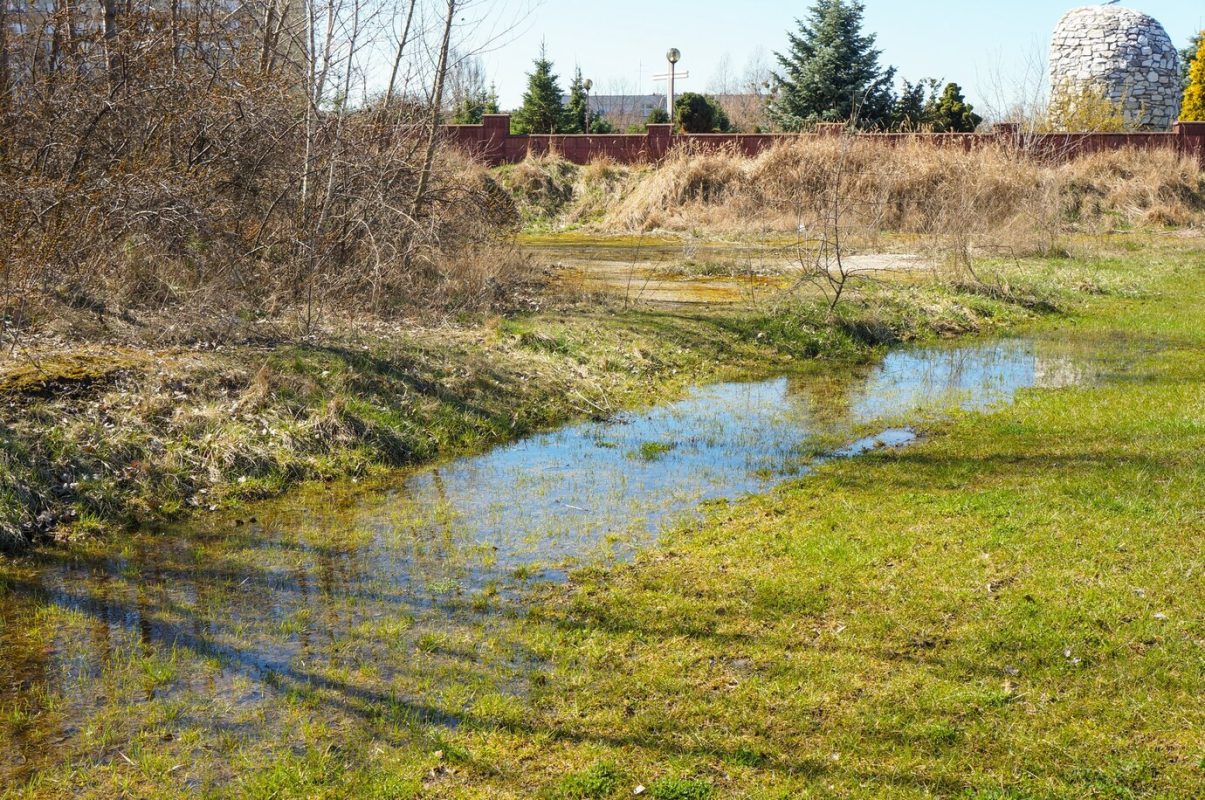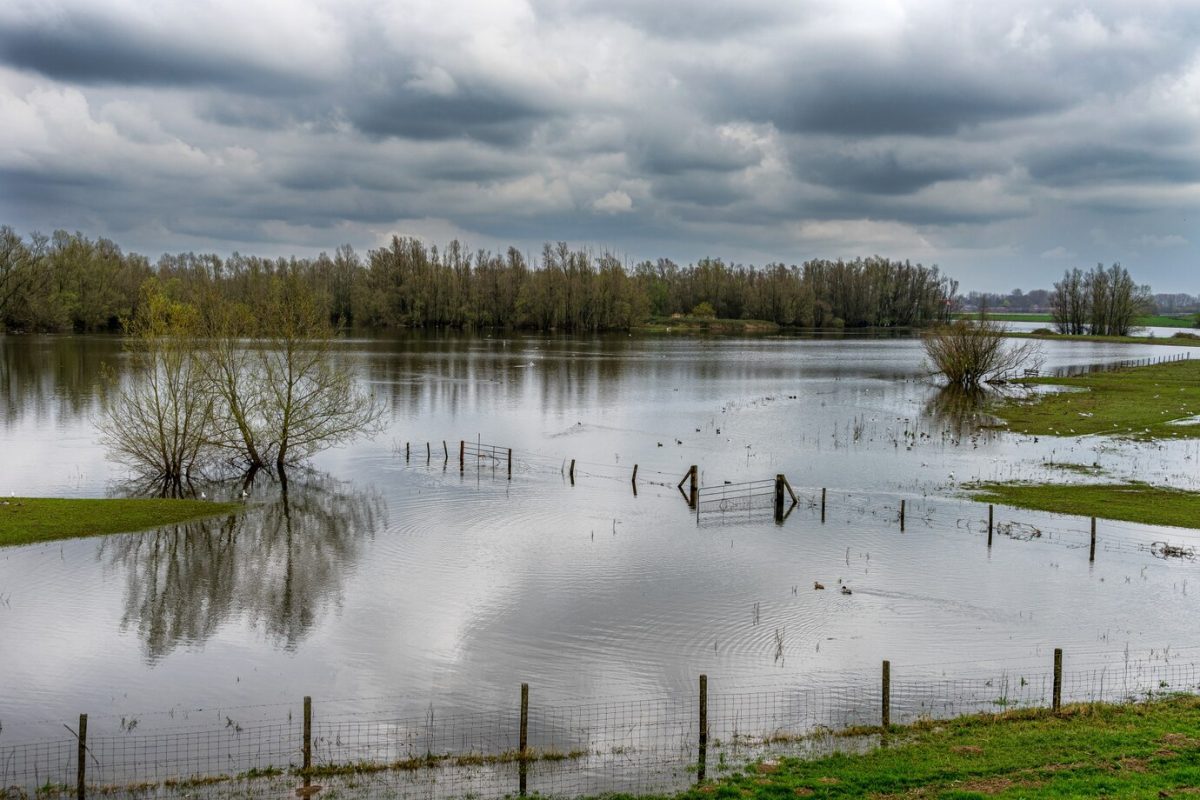Could your garden hold the key to reducing flood risks in Singapore’s rainy climate? Singapore’s frequent downpours and dense urban areas often strain traditional drainage systems. But what if your property could work with nature to manage water instead of against it? Landscaping prevent flooding isn’t just about pretty plants—it’s a smart strategy to protect homes and the environment.
With limited land and heavy rainfall, Singapore flood prevention demands creative solutions. Gardens designed with flood-resistant landscaping and thoughtful garden drainage solutions can absorb excess water. This slows runoff and eases pressure on drains. Your green space might just be the unsung hero in keeping your neighbourhood dry.
Understanding Singapore’s Flooding Challenges
Singapore’s climate and development shape its monsoon flooding risks. With over 2,300mm of rainfall each year, sudden downpours often overwhelm drainage systems. This worsens Singapore flooding issues. Managing these storms requires adapting to the region’s tropical rainfall management demands.
The Impact of Tropical Climate on Flooding
Monsoon seasons bring intense showers that quickly saturate the ground. When rain falls faster than soil can absorb it, water rushes into drains, streets, and low-lying zones. This creates flash floods in moments, testing even well-designed infrastructure.
Urban Development and Water Runoff Issues
City growth has replaced green spaces with roads and buildings, reducing land that naturally absorbs rain. Urban water runoff increases as impermeable surfaces send water rushing into drains instead of soaking into the earth. This pressure strains systems, especially during heavy downpours.
Common Flooding Hotspots in Singapore
Certain areas face higher risks due to geography and drainage limits. Singapore flood hotspots include low-lying districts like Bukit Timah, Orchard Road, and parts of the eastern coast. These zones often flood during heavy rains, affecting homes and traffic. Knowing your location’s risks helps plan preventive measures.
Landscaping Techniques That Prevent Flooding

Let’s dive into section 3 about preventing flooding through landscaping. We’ll explore techniques like proper grading and sloping. We’ll also look at water collection areas and tiered landscaping. Plus, we’ll discuss the sponge garden concept and how to integrate these methods for a flood-resistant yard.
Proper Grading and Sloping
Proper grading and sloping are important to directing water away from your home. By adjusting the land’s slope, you can ensure water flows away from your property. This is a crucial part of water management garden design.
Water Collection Areas
Creating water collection areas is another effective technique. These areas, like sunken basins, can hold excess rainwater. This helps prevent water from pooling near your home.
Tiered Landscaping
Tiered landscaping involves creating different levels in your yard. This slows down water flow and prevents it from pooling. It’s a great way to manage water and prevent flooding.
Sponge Garden Concept
The sponge garden concept is a popular choice for flood prevention. It uses plants and materials to absorb and release water. This method helps manage water flow and prevents flooding.
Integrated Approaches
Combining these techniques is another way to creating a flood-resistant yard. By integrating proper grading, sloping, water collection areas, tiered landscaping, and the sponge garden concept, you can effectively manage water flow and prevent flooding.
Examples for Different Property Sizes
These techniques can be applied to various property sizes. Whether you have a small balcony or a large garden, there are solutions to suit your needs. For example, balconies can use potted plants, while larger gardens can incorporate rain gardens or French drains.
By implementing these landscaping techniques, you can create a flood-resistant yard that protects your property from flooding. Start by assessing your property’s natural water flow and make simple changes to improve drainage. With the right techniques, you can enjoy a beautiful and safe outdoor space.
Water-Absorbing Plants and Materials for Your Garden
Turning your garden into a flood-resistant space is all about making smart choices. Singapore’s climate needs solutions that work with nature. Use water-absorbing plants that thrive in wet conditions to beautify your garden.
Native Plants That Absorb Excess Water
Choose native water plants like pandan (Pandanus amaryllifolius) or Alpinia galanga. They have deep roots that trap rainwater, reducing runoff. Ferns and Heliconia psittacorum also soak up moisture well.
Using native plants means they’re already adapted to Singapore’s rain. This lowers maintenance needs. Combine them with flood-resistant plants for extra protection against water overflow.
Permeable Materials for Pathways and Driveways
Replace concrete with permeable materials like gravel, grass pavers, or decomposed granite. These surfaces allow rain to soak into the ground, preventing pooling. Permeable pavers are strong yet allow water to pass through, perfect for driveways.
Choose materials based on your budget. Gravel is affordable, while custom pavers last longer. Regular cleaning keeps pores open, ensuring they work well.
Creating Rain Gardens in Your Property
Rain garden design involves planting moisture-loving species in depressions. Place them downhill from areas where water flows, like roofs or paths. The size of the basin depends on the soil and drainage area.
Use flood-resistant plants and mulch to help retain water. This simple setup captures stormwater, easing the load on drainage systems, another way to use landscaping to prevent flooding.
Implementing Effective Drainage Solutions Through Landscaping

Effective landscape drainage in Singapore needs creative designs that are both safe and beautiful. Three main methods can make your outdoor space flood-resistant: garden swale design, French drain installation, and rainwater harvesting systems.
Swales and Berms: Natural Water Redirectors
Swales are shallow, grassy channels that slow down water flow. Berms are raised barriers that direct water. A good garden swale design follows the land’s slope, where water naturally collects.
Berm construction frames these channels. It uses soil mounds with hardy shrubs to blend into your garden. These features quietly divert excess water away from buildings, keeping your landscape beautiful.
French Drain Installation for Persistent Wet Areas
French drains solve soggy patches by moving water underground. To install one, dig a trench with gravel and a perforated pipe. This directs overflow to a drainage area.
Singapore’s clay-rich soil needs compacted gravel to prevent clogging. Regular checks and cleanouts every year keep it working well. While many can do this DIY, complex layouts might need a pro.
Rainwater Harvesting Systems for Flood Prevention
Rainwater harvesting systems also prevent floods by storing stormwater. Simple setups like barrels under downspouts or buried cisterns reduce runoff and save water. Larger properties might need integrated systems that feed into irrigation networks.
These solutions not only prevent flooding but also lower water bills. This is a smart choice for Singapore’s climate.
Conclusion
Effective Singapore landscaping to prevent flooding is more than stopping water. It’s about making your outdoor space strong. Using methods like permeable paving and rain gardens helps manage water flow. This reduces risks during heavy rains.
Choosing the right tropical garden drainage solutions does more than protect. Native plants and sustainable water management practices make your property look good. They also save water and lower bills through rainwater harvesting.
These choices increase your property’s value and help local ecosystems. They match Singapore’s climate resilience goals. Even small changes, like installing a swale or upgrading a driveway, save money by reducing flood damage.
Begin with simple projects, like redirecting downspouts or adding drought-resistant shrubs. Then, move to bigger landscaping flood solutions. Make sure your garden can handle Singapore’s heavy rain. Regular care, like clearing drains and trimming roots, keeps everything working well.
Your landscaping choices do more than just improve your garden. They help your community face weather challenges. Every step towards garden flood protection makes your property a shield against storms. It also helps make Singapore greener and more resilient.

